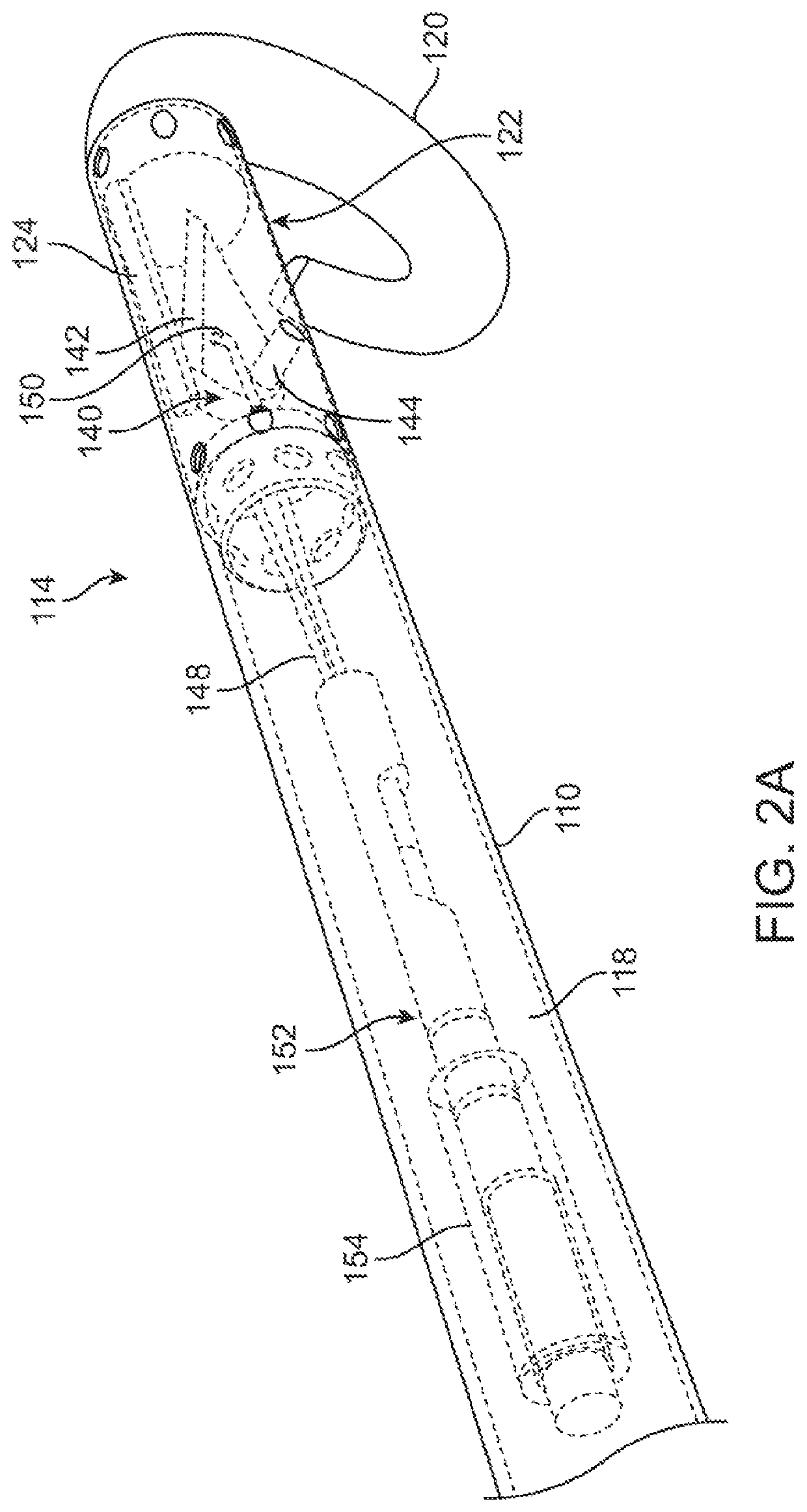Methods and devices for diastolic assist
a diastolic assist and diastolic technology, applied in the field of diastolic assist, can solve the problems of chf, a rapidly growing medical problem, abnormal part of the cardiac cycle that involves diastole, etc., and achieve the effect of improving the quality of li
- Summary
- Abstract
- Description
- Claims
- Application Information
AI Technical Summary
Benefits of technology
Problems solved by technology
Method used
Image
Examples
Embodiment Construction
[0036]The illustrations described herein are examples of the invention. Because of the scope of the invention, it is specifically contemplated that combinations of aspects of specific embodiments or combinations of the specific embodiments themselves are within the scope of this disclosure.
[0037]As noted above, the methods described herein increase a volume of a chamber of a heart to improve blood flow in diastolic heart failure. For example, incisions, cuts, holes, or other separation of tissue can be made in muscle forming the wall of the left ventricle to improve a diastolic function of the heart. Although the description and claims described herein discuss primarily treatments occurring in a left ventricle, unless specifically discussed or claimed, the treatments can occur in any chamber of the heart (e.g., the atriums and / or ventricles). Typically, access to the chambers of the heart (endocardium) can be made percutaneously or via a transapical approach. Once in the ventricle, ...
PUM
 Login to View More
Login to View More Abstract
Description
Claims
Application Information
 Login to View More
Login to View More - R&D
- Intellectual Property
- Life Sciences
- Materials
- Tech Scout
- Unparalleled Data Quality
- Higher Quality Content
- 60% Fewer Hallucinations
Browse by: Latest US Patents, China's latest patents, Technical Efficacy Thesaurus, Application Domain, Technology Topic, Popular Technical Reports.
© 2025 PatSnap. All rights reserved.Legal|Privacy policy|Modern Slavery Act Transparency Statement|Sitemap|About US| Contact US: help@patsnap.com



